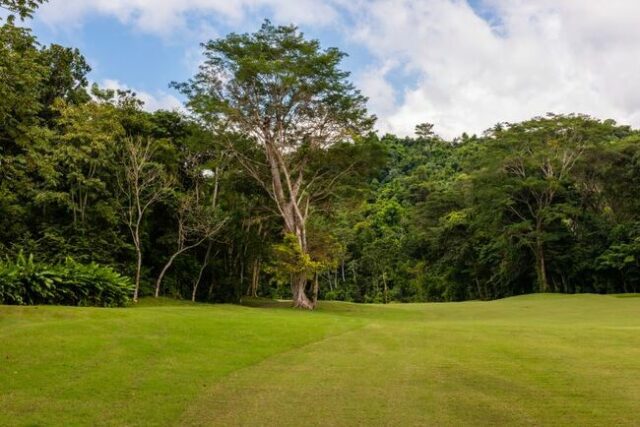
As the environmental impacts of golf courses become increasingly apparent, conservation groups have stepped in to reclaim abandoned courses, turning them back into natural habitats. With approximately 15,500 golf courses scattered across the United States, the toll on the environment has been significant, from deforestation for fairways to the heavy use of water and pesticides. However, the closure of golf courses has been a trend since 2006, offering a unique opportunity for conservation efforts. By acquiring these abandoned courses, conservation agencies aim to restore them to their original states, mitigating the effects of climate change and preserving biodiversity. This trend is not limited to the United States; former golf courses in countries like the United Kingdom and Australia are also undergoing similar revitalization efforts.

Conservationists employ various strategies to return these landscapes to their natural states, such as reintroducing native flora and fauna, integrating golf courses with existing parks, and restoring wetlands and swamps. These initiatives seek to reverse the ecological damage caused by golf course development and promote the regeneration of diverse ecosystems. By repurposing abandoned golf courses into thriving natural habitats, conservation groups are not only addressing environmental concerns but also creating spaces for communities to reconnect with nature and enjoy recreational activities in harmony with the environment.

















